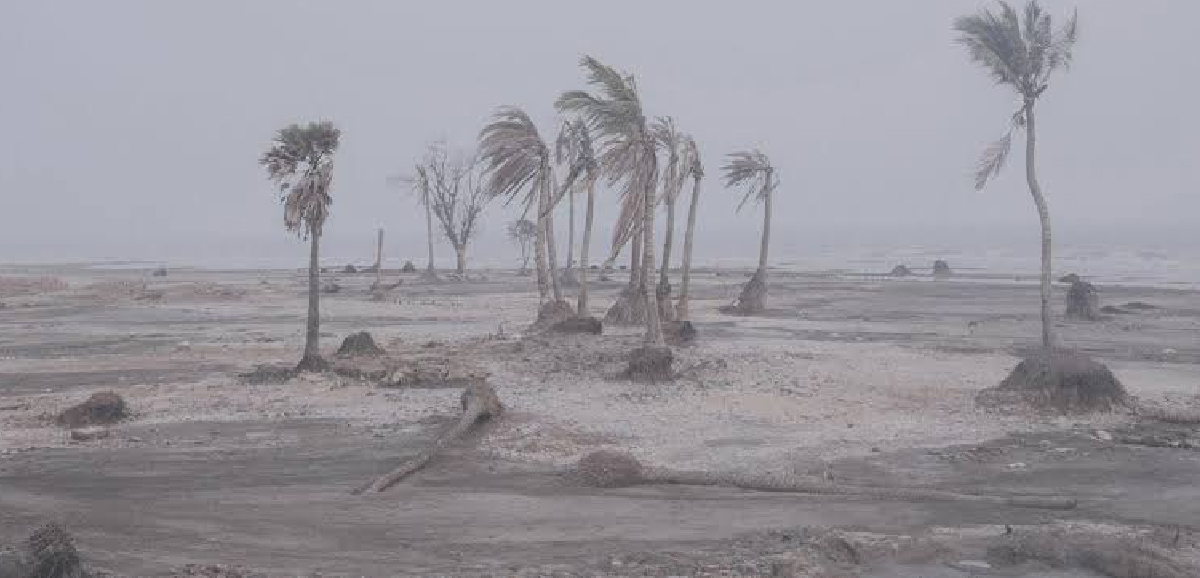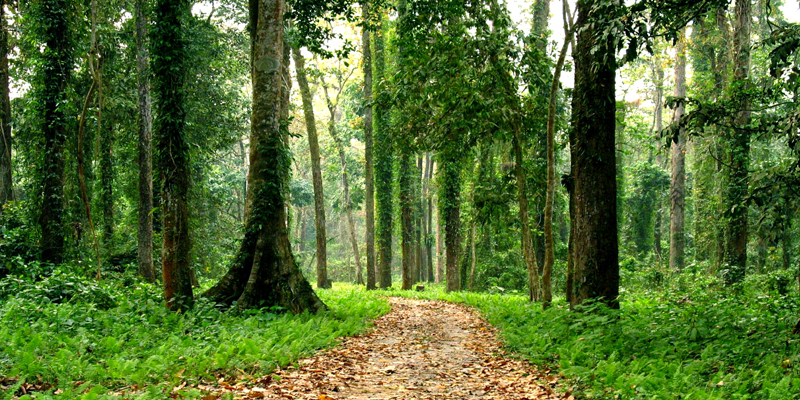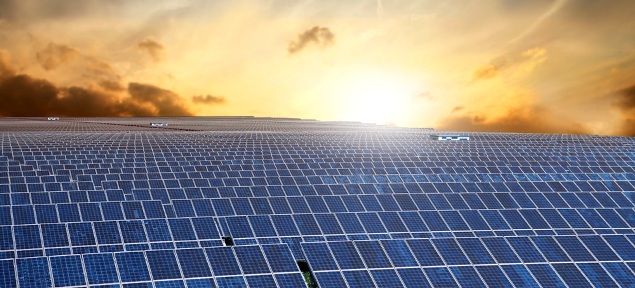In its endeavour to build climate resilience in the Sundarbans through evidence-based research and policy-making, the State Environment Department has joined hands with the British Deputy High Commission, Kolkata and Newcastle University, United Kingdom, for the formal launch of Living Deltas Transdisciplinary Research Hub.
The hub will be funded by UK Research and Innovation (UKRI) under the Global Challenge Research Fund (GCRF). The collaborators include Jadavpur University and IIEST, Shibpur.
The move comes in the backdrop of the Sundarbans facing the impact of climate change that is posing a threat to the ecosystems of the islands. A key aim of the initiative is to tackle the problem of delta degradation.
The islands are at risk not only due to climate change but also due to human interventions. So the Sundarbans will have to be developed in a sustainable manner, maintaining a symbiotic relationship with the community.





